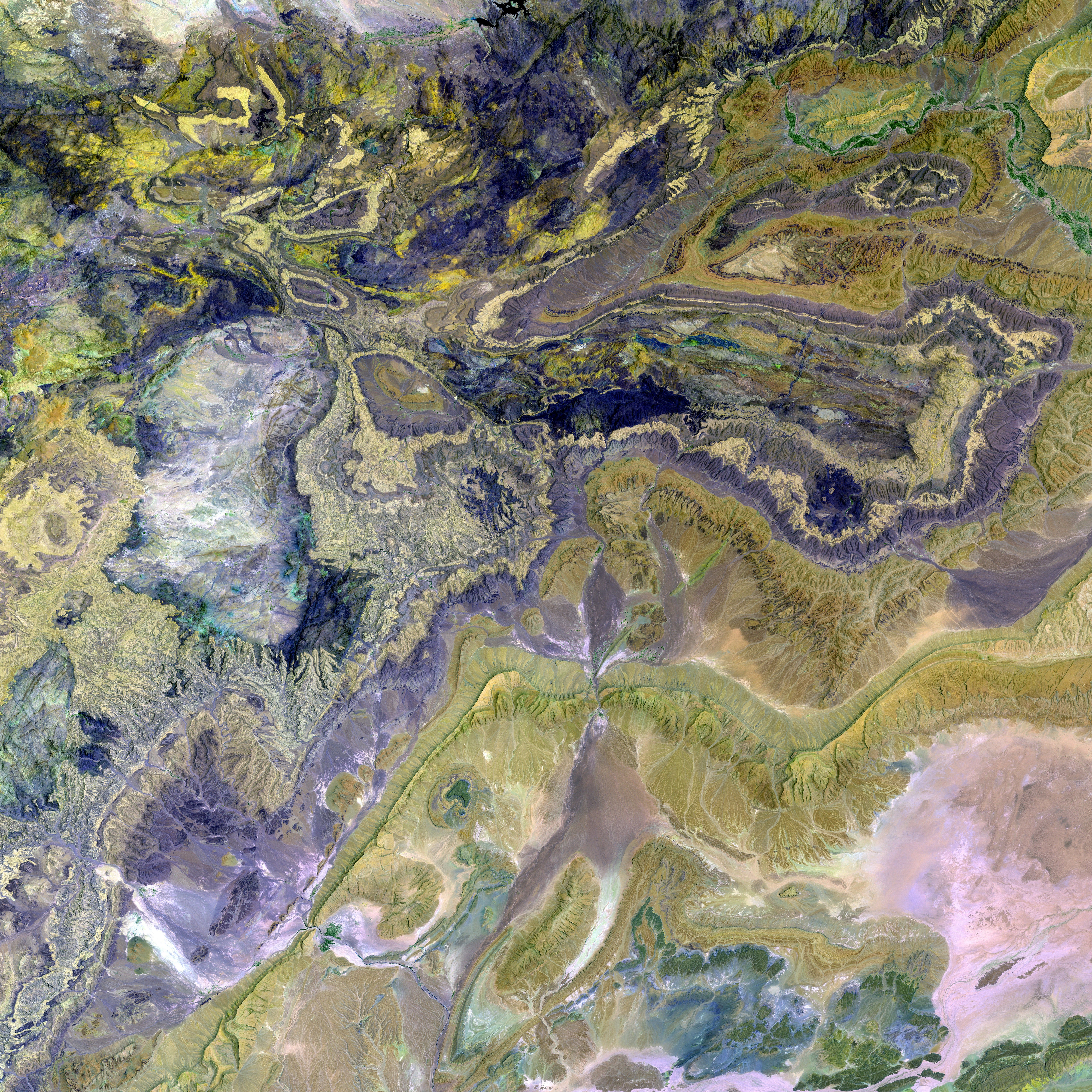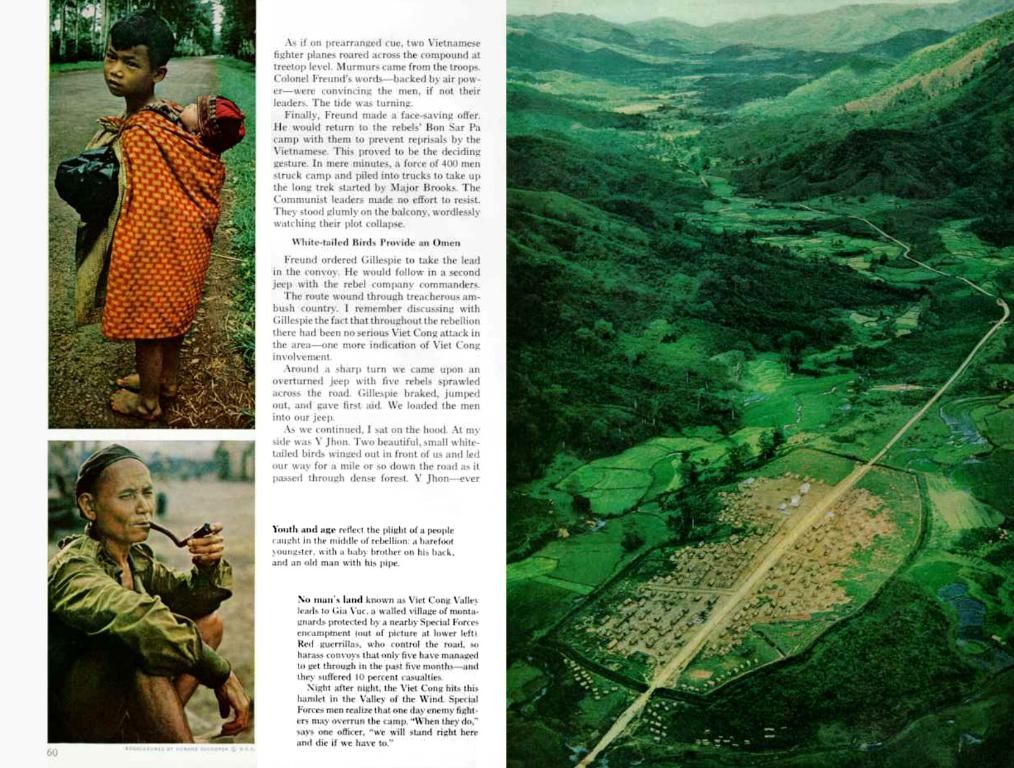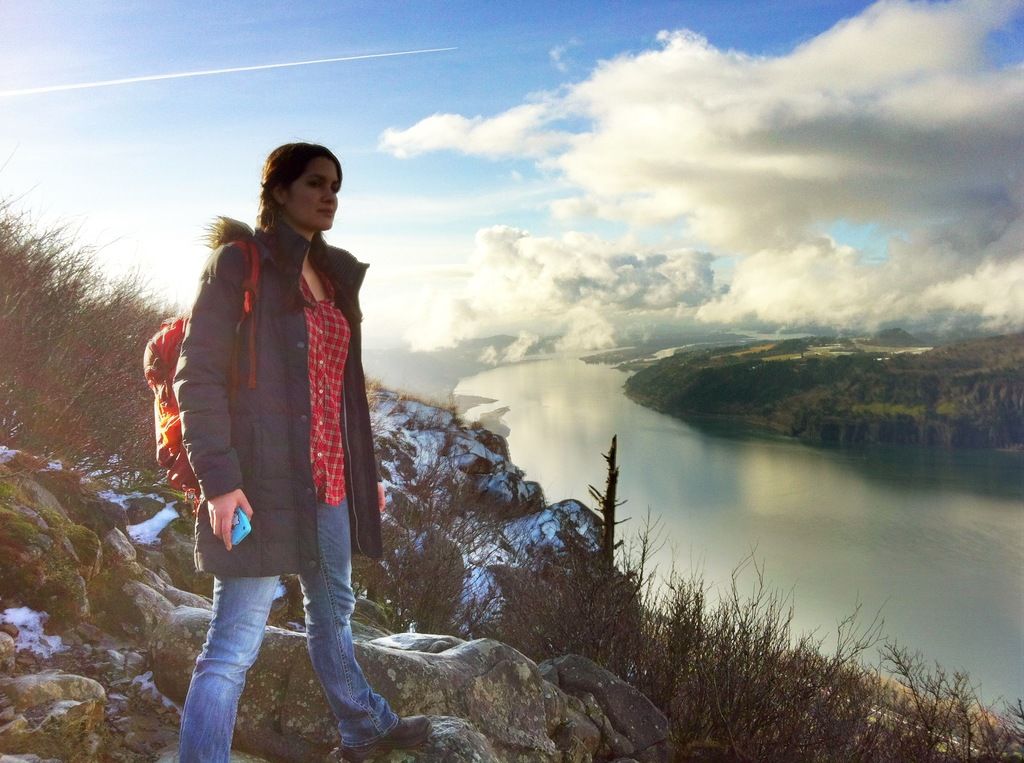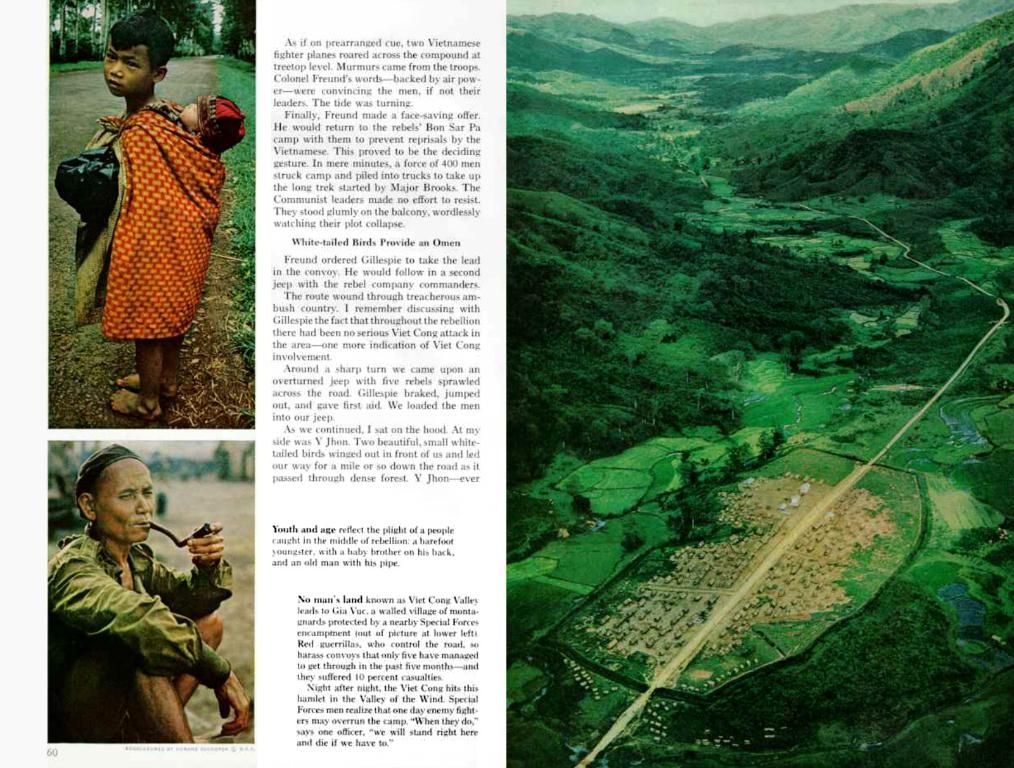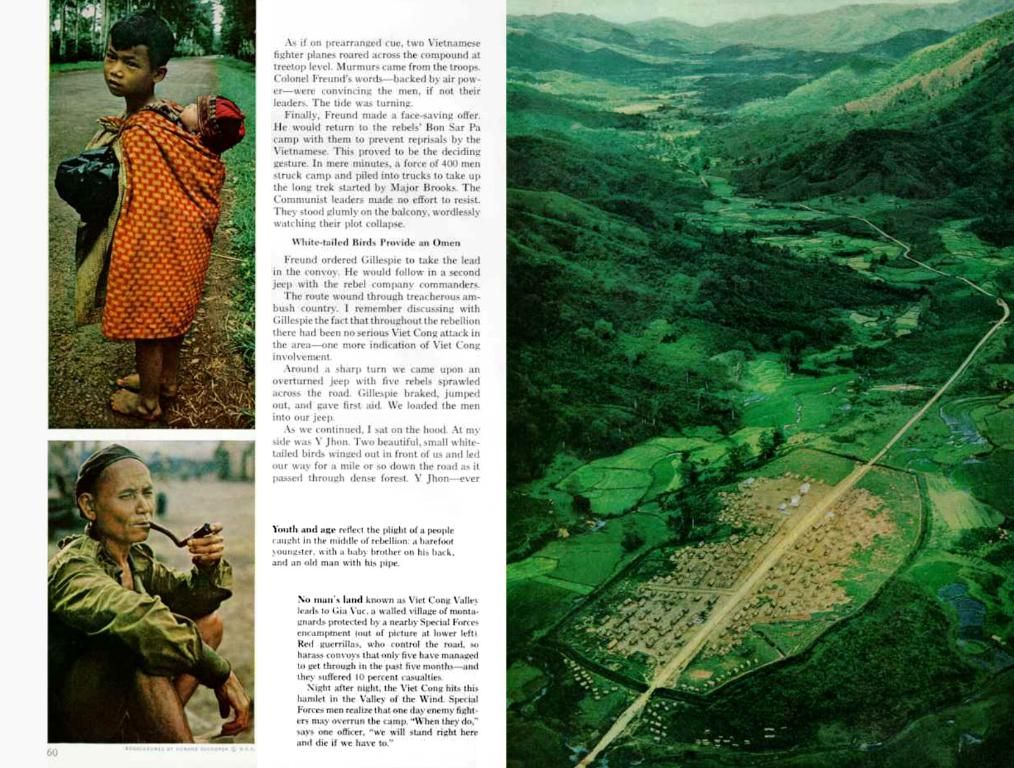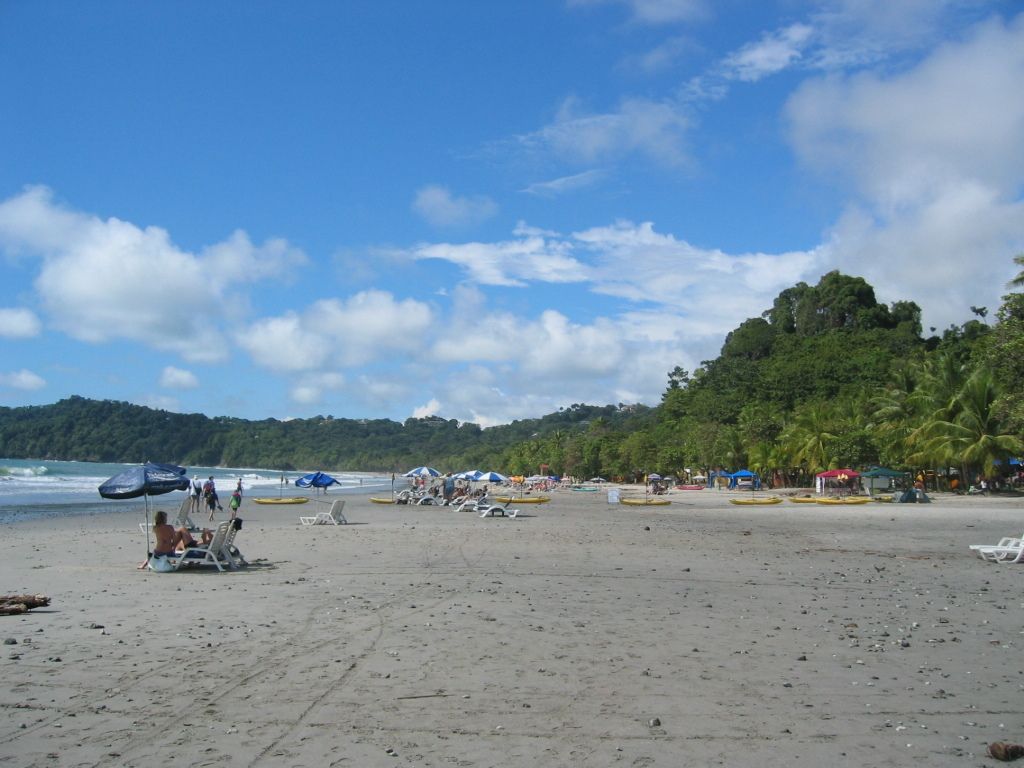Experimenting with roofs for improved city climate: Scientists implement rainfall simulations - Scholars design eco-friendly rooftops to bolster city's climate conditions
Upgrading Green Roofs for Climate-Resilient Cities: Researchers Put Green Roofs Through the Wringer
In a bid to mitigate the urban heat island effect and alleviate strain on sewer systems, green roofs are gaining traction as a solution. However, these rooftop gardens are not impervious to extreme weather events such as heavy rainstorms, especially in the era of climate change. A team of researchers in Leipzig is investigating how various green roof systems respond under such conditions as part of a research project. The aim is to collect data for simulation models and offer recommendations to municipalities on the optimal use of green roofs.
Ten rooftops – each the size of a carport – have been selected for the experiment. They've been equipped with different systems: eight have commercially available green roof structures, one boasts a gravel roof, and one is covered in plastic sheets. During the trial, these roofs will be subjected to different rain intensities, and scientists will measure factors such as water runoff.
The lead researcher, Hubertus Milke from the Institute of Urban Water Management at Leipzig University of Applied Sciences HTWK, explained their objectives: "We aim to quantify the water release rates and delays from the various systems. The longer the retention period, the greater the positive impact on urban climate the green roofs can have."
The insights gathered from this research could also play a crucial role in future urban sewer infrastructure planning. By absorbing and slowing the release of rainwater during sudden downpours – like those seen during thunderstorms – green roofs could help divert the burden from wastewater networks, reducing the likelihood of flooding.
In addition to the University of Applied Sciences for Technology, Economics, and Culture (HTWK), the Education and Demonstration Centre for Decentralised Infrastructure (BDZ) serves as the project's main partner. They're joined by the Helmholtz Centre for Environmental Research (UFZ), Leipzig Waterworks, and the Dresden Sewage Treatment Plant.
Green Roofs and Their Pivotal Role in Urban Climate and Sewer Systems
The performance of green roof systems under heavy rain challenges can have significant repercussions for urban climate and sewer networks. Hydrologically, green roofs efficiently manage stormwater runoff by absorbing, storing, and gradually releasing rainfall, thereby reducing the volume and peak flow of runoff[4]. However, their ability to retain water diminishes as the intensity and duration of rain increase, especially as the substrate becomes saturated[4].
Green roof systems can lack effectiveness during prolonged, heavy rainstorms, compromising their benefits towards mitigating the urban heat island effect, regulating local climate, and alleviating stress on sewer networks[3][4]. Proper design, maintenance, and pretreatment are crucial in maximizing these benefits[3].
A Green and Growing Future for Urban Climate Resilience
Green roofs hold great potential for climate-resilient cities, playing a vital role in stormwater management, heat island mitigation, and improving urban microclimates. Nevertheless, it's essential to consider their limitations and adapt green roof systems to ensure they can withstand the challenges of extreme weather events while yielding their multifaceted benefits.
- To ensure effective implementation of community policies regarding green spaces, it would be advantageous to incorporate findings from this environmental-science research on green roofs' performance under heavy rain.
- Additionally, incorporating understanding of health-and-wellness aspects related to green roofs, such as their water management capabilities, could be of importance in revising employment policies for workers involved in green roof installation and maintenance.
